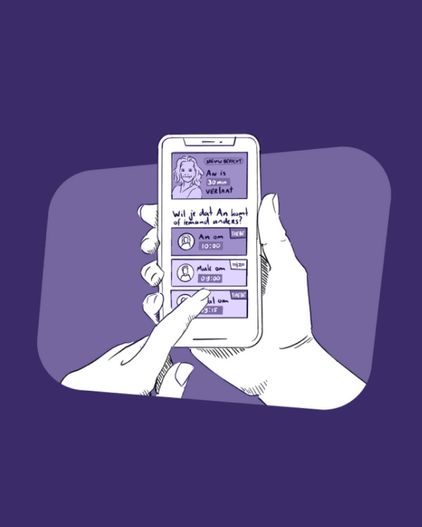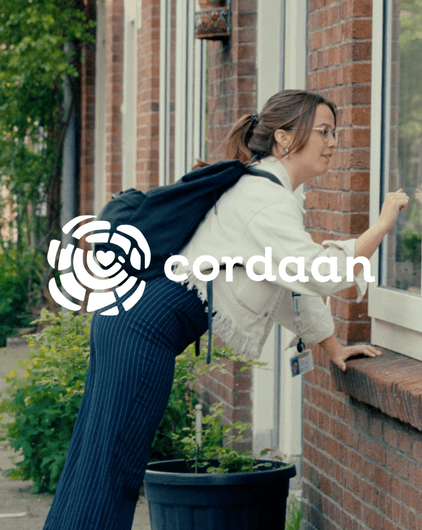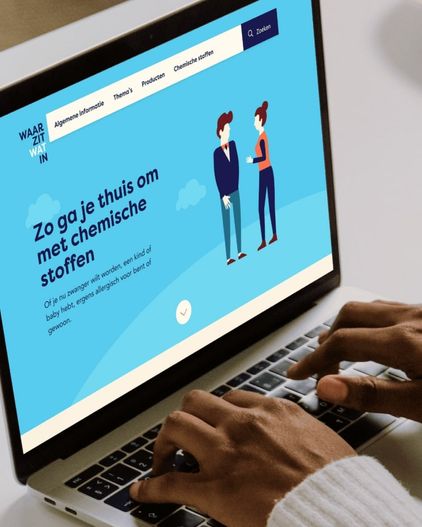Design thinking for healthcare transformation
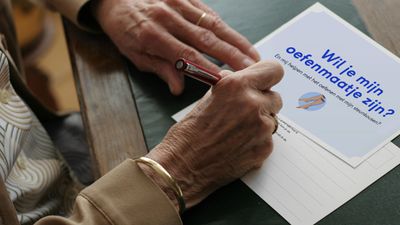
Challenge
Healthcare is under pressure: the demand for care is increasing, while the number of caregivers is decreasing. To ensure that everyone who needs it can get (home) care, we need to radically redesign care. This requires a shift in roles for clients, informal caregivers, professionals, specialists, and insurers. This can only be achieved if we form a shared vision of the desired situation and focus on the care activities where professionals from organizations like Thebe see the greatest potential for improvement. But how do we design and implement new customer journeys from all these perspectives?
Result
We increase the quality of life and drastically reduce the demand for care: in the Midden-Brabant region, 120 care hours per day are now saved on administering eye drops, and half an hour per client per day on compression stockings. In active co-creation with healthcare professionals from across the care chain, we develop new customer journeys where citizens are as self-reliant as possible and healthcare professionals can use their time most effectively. We develop a toolbox with communication, instruction material and practical tools for implementation. This allows the new customer journey to get off to a flying start across the entire region, quickly delivering concrete results.
What we did
Future scoping, transformation strategy, service design, customer journeys, protoyping, concept development
Impact
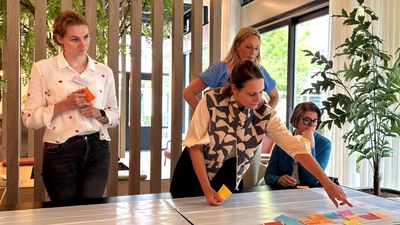
By engaging with each other, we learned so much more. I was astonished and surprised by how things are currently going and what could be done differently. The topic made the discussions concrete, but also gave room for a broader conversation.
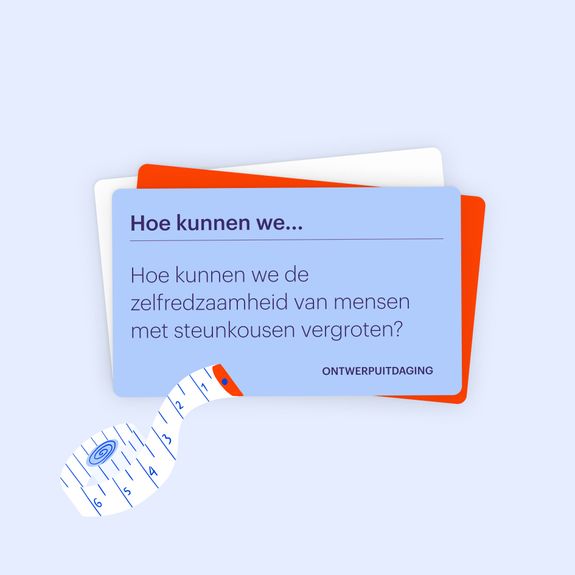
Redesign with the chain
In each sprint, we design the ‘blueprint’ for a new situation: what if, as of date X, we no longer provide home care for task Y. What processes, communication, toolkits, logistics, and financing do we need to set up then?
Using a ‘How can we…’ approach, we then design solutions to support the changing role of professionals, clients and the network. We do this with the entire chain: from general practitioners to insurers, from pharmacists to healthcare professionals.
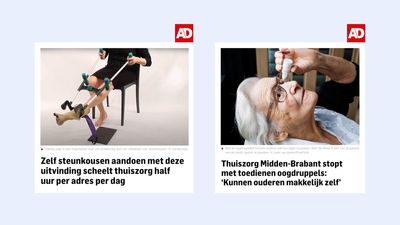
Self-reliance sprint
In a short span of 1 or 2 weeks, we go through 5 steps to quickly arrive at a validated prototype or solution: we research, sketch solutions, make decisions, create a prototype, and test it with the end user.
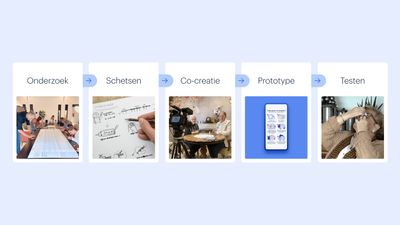
Life journey as a framework
The life journey (customer journey) is the framework for the sprints. We redesign a part of the journey. What if healthcare professionals are not involved in certain tasks? What is needed to support people in doing these tasks themselves or with the help of their environment?
Concepts & prototypes
In the sprints, we work towards concepts and prototypes that support the new journey. This can include communication tools such as instructional videos, or digital tools such as a decision aid for self-help devices. It can also encompass desired future visions such as a collaborative care center in a hospital or community center.
Testing with people
We test the most promising or impactful concepts with future clients. This often involves a combination of a self-help tool and various instructional materials.
I'd like to give it a try and see if I can do it myself. It seems quite useful, and it could help save staff time. Can I keep this card then? And the glasses too?
A toolbox to get started
At the end of the sprint, there will be enough validated communication material to develop a toolbox. In a follow-up sprint, we create resources for professionals and for clients (or citizens) that they can use on their own.
Ready to change things?

